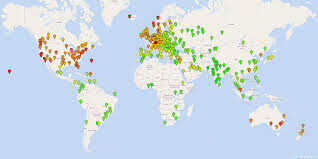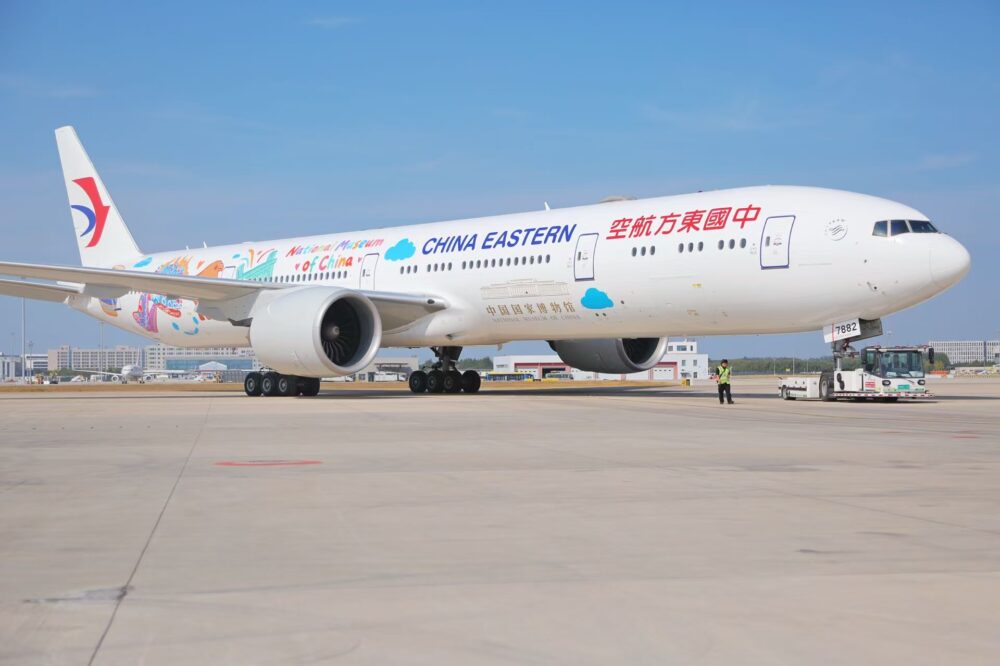Asia-Pacific’s economy has demonstrated unexpected resilience amid external pressures such as elevated tariffs, weaker global demand, and policy uncertainties. This resilience stems from proactive front-loading of exports, robust investments in technology, and targeted government support across key economies.
Despite a forecasted slight slowdown—from 4.5% growth in 2025 to 4.1% in 2026—the region remains the chief engine of global expansion, contributing roughly 60% of worldwide growth. China’s growth is expected to moderate but remain strong, while India continues growing rapidly. Southeast Asian countries are also sustaining steady expansion, benefiting from shifts in supply chains and increased intra-regional trade.
Key drivers supporting this robustness include accelerated exports ahead of tariff hikes, greater AI-driven technology trade, and monetary easing policies in diverse countries like China, Korea, Indonesia, and Vietnam. Financial conditions have also improved across the region through factors such as currency adjustments and favorable stock market trends.
Nevertheless, challenges persist—including risks of renewed tariff escalations, supply-chain disruptions, aging populations limiting demographic dividends, slowing productivity due to investment inefficiencies, and social tensions linked to economic disparities.
Looking ahead, policymakers face the imperative to transform resilience into durable and inclusive growth by rebalancing economies toward stronger domestic demand. Enhancing social safety nets could reduce precautionary savings, while curbing industrial policies and repairing balance sheets (notably in China’s property market) can restore consumer confidence.
Strengthening fiscal frameworks to safeguard against shocks, deepening financial and trade market reforms, and advancing regional integration will be critical. Opening up to greater foreign investment, improving market efficiency, and ensuring capital flows to productive sectors can boost productivity and competitiveness.
In sum, Asia’s economic foundation remains solid but must evolve by prioritizing domestic consumption and regional cooperation to sustain long-term growth and inclusivity.









